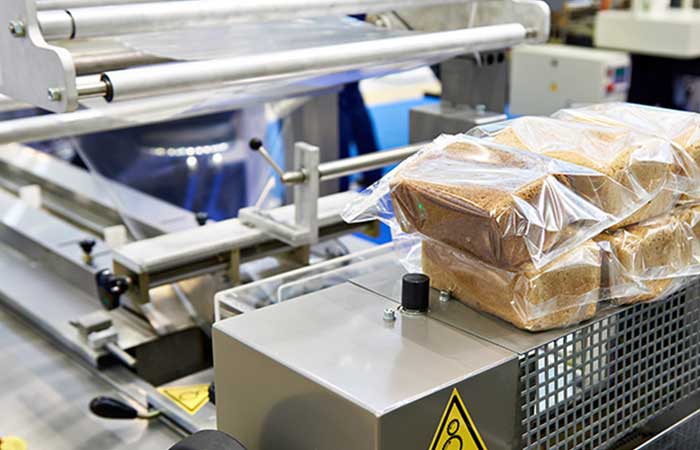Optimizing Vegetable Flow Packaging Lines for Efficiency
Optimizing Vegetable Flow Packaging Lines for Efficiency
When it comes to processing and packaging vegetables, having an efficient flow packaging line is crucial. In today’s fast-paced world, optimizing these lines can lead to increased productivity, reduced waste, and overall cost savings. Let’s dive into some key strategies for enhancing the efficiency of vegetable flow packaging lines.
The Importance of Proper Planning
Before setting up a vegetable flow packaging line, it’s essential to have a well-thought-out plan. Consider factors such as the types of vegetables to be packaged, the volume of production, and the desired packaging formats. Understanding these aspects will help in designing a layout that ensures smooth flow and minimal disruptions.
Utilizing Automated Solutions
Automation plays a significant role in streamlining packaging processes. Incorporating automated equipment like sorting machines, washers, fillers, and sealers can help in reducing manual labor and increasing throughput. By minimizing human intervention, the risk of errors is also significantly decreased.
Implementing Quality Control Measures
Ensuring the quality of packaged vegetables is paramount. Implementing quality control measures at different stages of the packaging line can help in detecting defects or contamination early on. This includes utilizing sensors, vision systems, and other technologies to monitor the condition of vegetables throughout the process.
Optimizing Packaging Materials
Choosing the right packaging materials can have a significant impact on the efficiency of the flow packaging line. Lightweight yet durable materials can help in reducing shipping costs and minimizing environmental impact. Moreover, optimizing the design of packaging to fit the shape and size of vegetables can enhance space utilization and minimize waste.
Continuous Monitoring and Improvement
Post-implementation, it’s essential to continuously monitor the performance of the flow packaging line. Analyzing key metrics such as throughput, downtime, and error rates can provide insights into areas that require improvement. By regularly optimizing and fine-tuning the line, overall efficiency can be maximized.
Conclusion
Optimizing vegetable flow packaging lines is a complex yet rewarding process. By focusing on strategic planning, automation, quality control, packaging materials, and continuous improvement, organizations can achieve high levels of efficiency and productivity in their packaging operations. Embracing these practices can lead to not only cost savings but also enhanced customer satisfaction and sustainability in the long run.
-
 01
01Automatic Tray Loading and Packaging Equipment: Boost Efficiency to 160 Bags/Minute
21-11-2025 -
 02
02Automatic Soap Packaging Machine: Boost Productivity with 99% Qualification Rate
21-11-2025 -
 03
03A Deep Dive into Automatic Toast Processing and Packaging System
18-11-2025 -
 04
04The Future of Bakery Production: Automated Toast Processing and Packaging System
18-11-2025 -
 05
05Reliable Food Packaging Solutions with China Bread, Candy, and Biscuit Machines
11-10-2025 -
 06
06High-Performance Automated Food Packaging Equipment for Modern Production
11-10-2025 -
 07
07Reliable Pillow Packing Machines for Efficient Packaging Operations
11-10-2025 -
 08
08Advanced Fully Automatic Packaging Solutions for Efficient Production
11-10-2025 -
 09
09Efficient Automatic Food Packaging Solutions for Modern Production
11-10-2025 -
 10
10Advanced Automatic Packaging Equipment for Efficient Production
11-10-2025









